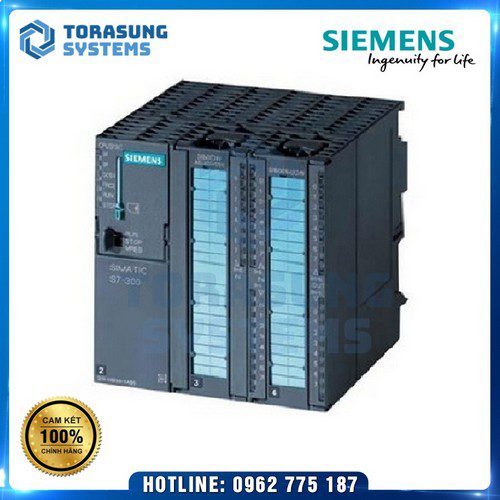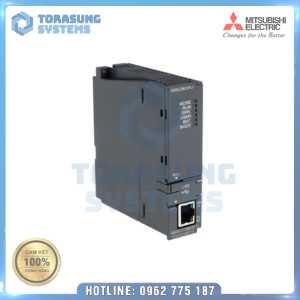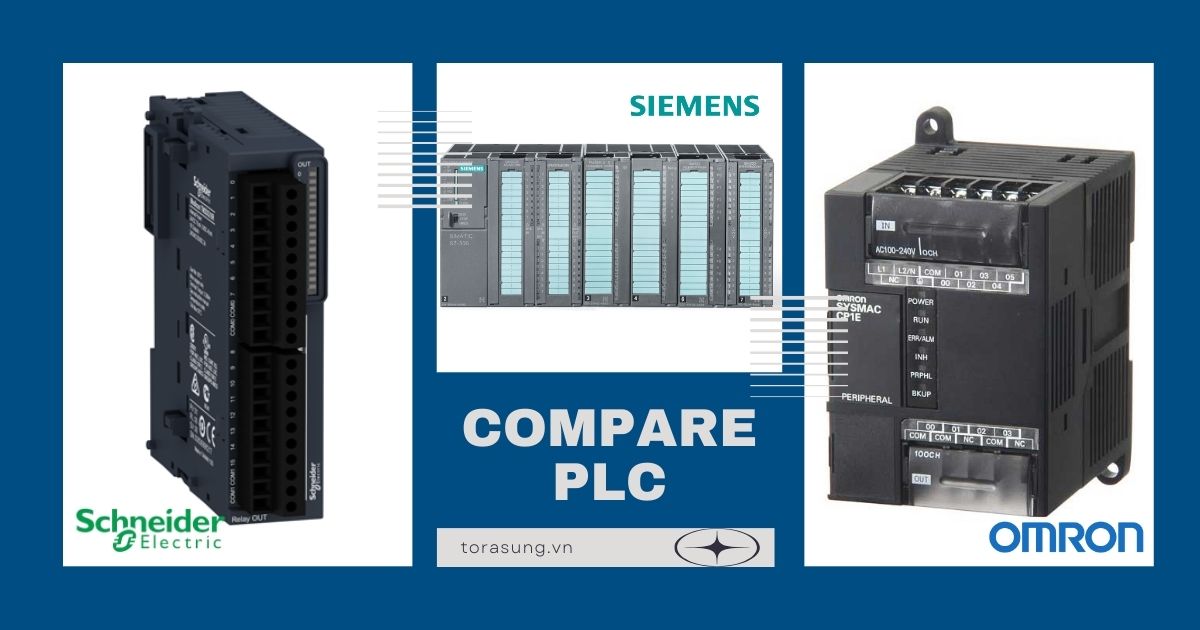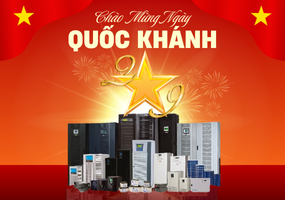In the rapidly evolving field of industrial automation, selecting the right PLC (Programmable Logic Controller) is crucial for optimizing production efficiency and reducing downtime. With multiple brands available, each offering unique strengths, businesses often face challenges in choosing the most suitable PLC for their specific applications. This article provides a comprehensive PLC comparison, helping you make an informed decision based on performance, scalability, cost, and industrial requirements of Siemens, Mitsubishi, Omron, and Schneider PLCs.
1. Overview of PLC
A PLC (Programmable Logic Controller) is an industrial automation control device widely used in manufacturing. Each PLC manufacturer has unique characteristics in terms of performance, durability, expandability, and cost. This article compares the most popular PLC brands today: Siemens, Mitsubishi, Omron, and Schneider.
To gain a deeper understanding of PLCs, including their definition, how they work, and their various applications, be sure to read our comprehensive article on PLC – Definition, Working & Applications.
2. PLC Comparison Criteria
To evaluate PLCs from different brands, we will consider the following criteria:
- Processing performance: Instruction execution speed, memory capacity.
- Flexibility & expandability: Ability to connect with expansion modules and peripheral devices.
- Durability & environmental resistance: Capability to operate in harsh conditions.
- Programming interface & support: Ease of use, availability of documentation.
- Cost & operational expenses: Comparison of initial price and long-term costs.
- Industry-specific applications: Suitability for different sectors such as automotive, food processing, and energy management.
- Technical support and ecosystem: Availability of support services, training resources, and third-party integrations.
3. Comparison of Siemens, Mitsubishi, Omron, and Schneider PLCs
| Brand | Advantages | Disadvantages |
|---|---|---|
| Siemens | – Fast processing speed, large memory capacity. – Supports multiple communication protocols such as Profinet, Profibus. – Integrated advanced functions such as AI and IoT. – Highly reliable for large-scale automation. | – High cost. – Requires advanced programming knowledge. |
| Mitsubishi | – Affordable price, widely used in Asian factories. – Easy to program, suitable for various automation applications. – Energy-efficient and highly durable. – Strong presence in CNC machine applications. | – Limited expandability compared to Siemens. – Weaker communication support than other brands. |
| Omron | – User-friendly, simple programming. – Suitable for small to medium-sized applications. – Well-supported in flexible manufacturing systems. – Strong in vision systems and robotics. | – Processing speed is not as fast as Siemens. – Limited memory and expandability. |
| Schneider | – Highly durable, performs well in harsh environments. – Supports multiple communication protocols such as Modbus and Ethernet/IP. – Integrates well with SCADA systems. – Ideal for power management and smart grids. | – More expensive than Mitsubishi and Omron. – Less expandable compared to Siemens. |
4. Real-World Applications of Each PLC Brand
PLC systems are utilized in a variety of industrial sectors. Below are some real-world examples:
- Siemens: Used in large-scale production systems, smart factories, and the automotive industry. Siemens PLCs are often found in high-speed manufacturing lines, power plants, and chemical industries.
- Mitsubishi: Suitable for small to mid-sized production lines, machine manufacturing, and packaging systems. Common in HVAC (Heating, Ventilation, and Air Conditioning) applications.
- Omron: Commonly used in the food, pharmaceutical, and electronics assembly industries. Preferred for precise motion control in robotics and quality inspection systems.
- Schneider: Applied in energy systems, substations, and water treatment plants. Frequently used in building automation and renewable energy solutions.
5. Why Addressing PLC Selection Matters
Selecting the right PLC is critical because it impacts the overall performance and efficiency of your industrial automation system, making a PLC comparison essential to ensure you choose the best option for your specific needs:
- Operational Efficiency: A suitable PLC ensures smooth automation, reducing downtime and increasing productivity.
- Cost-Effectiveness: Choosing the right PLC prevents over-investment in unnecessary features while meeting all functional needs.
- System Compatibility: Ensuring compatibility with existing hardware and communication protocols avoids integration challenges.
- Long-Term Maintenance: A well-chosen PLC offers better long-term support, reducing future upgrade and replacement costs.
6. Conclusion: Which PLC Should You Choose?
Each PLC brand has its own advantages depending on usage requirements:
- If you need high processing speed and scalability, choose Siemens.

- If you prefer affordability and ease of use, choose Mitsubishi.

- If you need a flexible solution with strong robotics integration, choose Omron.
- If you require durability and extensive connectivity for energy management, choose Schneider.
We hope this article on PLC comparison helps you gain a deeper understanding of the various PLC types available in the market, allowing you to make an informed decision and select the best PLC that aligns with your specific industrial requirements and operational goals.





